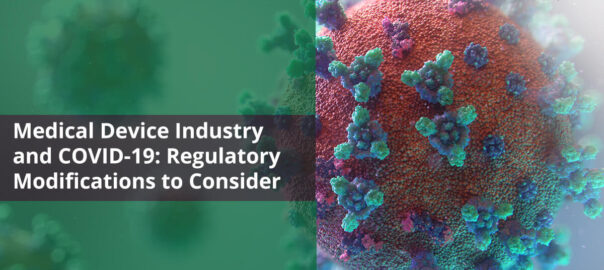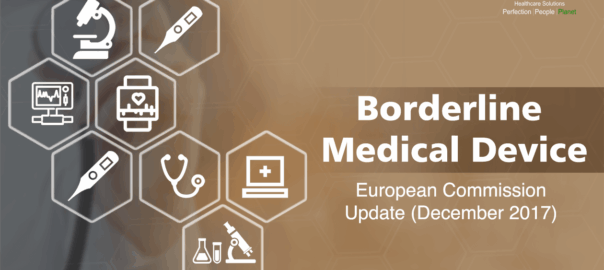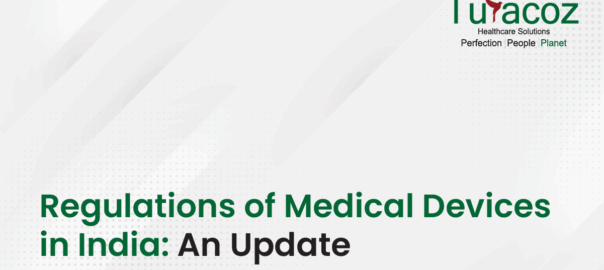Background
The COVID-19 outbreak is a public health crisis that this generation has never seen before and has presented itself as an unprecedented challenge to the health industry including the Medical Device and Regulatory framework.
There is tremendous burden being faced by first responders and health institutions. Simultaneously, there is increasing pressure on national authorities, EU member states, and economic operators to supply vitally important medical devices at the time of adoption of Regulation (EU) 2017/745.
The unanticipated crisis has had a significant impact on placing devices on the market in the Union while halting the designated work of the notified bodies. The commission recognizes the role of Personal Protective Equipment (PPEs) such as medical gloves, surgical masks, and equipment for intensive care in the current pandemic and has therefore decided to prioritize the demands of such equipment thereby avoiding any potential market disruption.
MDR defers till 2021
Therefore, the European Commission released a proposal earlier in April to defer without any alterations to the guidelines, the enforcement of the EU Medical Devices Regulation (MDR) for a year, applicable from May 26th, 2020. However, the commission made no deferments for the In Vitro Diagnostic Regulation (IVDR), which will be applicable from May 26th, 2022. The aim of the deferment has been to ease the pressure on the medical fraternity to be able to cope and focus with the current crisis and minimize risk to medical professionals.
National Derogation
In scenarios of a public health crisis, such as COVID-19 the Regulation (EU) 2017/745 allows the commission to extend the validity of a national derogation for a limited period of time in exceptional cases for member states in response to address Union-wide shortages of vitally important medical devices in an effective manner.
The Commission has agreed with the European standardization organization to make originally copyright standards (including EN 149 and 14683) freely and fully available by the national standardization bodies. Manufacturers can download a copy for free from the online catalogues of the national standardization bodies.
Furthermore, Directives 90/385/EEC and 93/42/EEC of the regulation empower national authorities on duly justified requests to place medical devices on the market for whom relevant conformity assessment has not been completed but substantial evidence is available to prove interest of public health, patient safety, and health.
Market approval of devices without CE marking
In exceptional circumstances, products can be placed on the market even if no CE marking has been affixed upon them, given that the following conditions are fulfilled:
- The products manufactured are in accordance with one of the EN standards or other standards referred to in the WHO guidelines
- The products are part of a purchase organized by the relevant Member State authorities;
- The products are only made available for the healthcare workers;
- The products are only made available for the duration of the current health crisis; and
- The products are not entering the regular distribution channels and made available to other users.
This approval, may bring some relief from the intense pressure on manufacturers to complete the MDD/AIMDD work by giving them an additional year while ensuring devices reach hospitals. Meanwhile, the European parliament and the Council continue to work together to adopt the legislation as mandated implementation date.
Take home message
It is important to note and acknowledge that the framework of manufacturers, regulatory bodies, and agencies continue to work on collaborating and collectively contributing in ensuring that medical devices are used safely amongst patients in this evolving pandemic.
Turacoz Healthcare Solutions understands medical device regulatory requirements and can assist you in your device approval journey. Our technical writers are experienced industry experts having worked with EMA, FDA and other regulatory agencies in gap analysis, device approval and regulatory queries responses. In addition to the regulatory services, the team also provides publication, medi-marketing and advisory board meetings for medical device companies.
If you have any queries, email us at [email protected].














